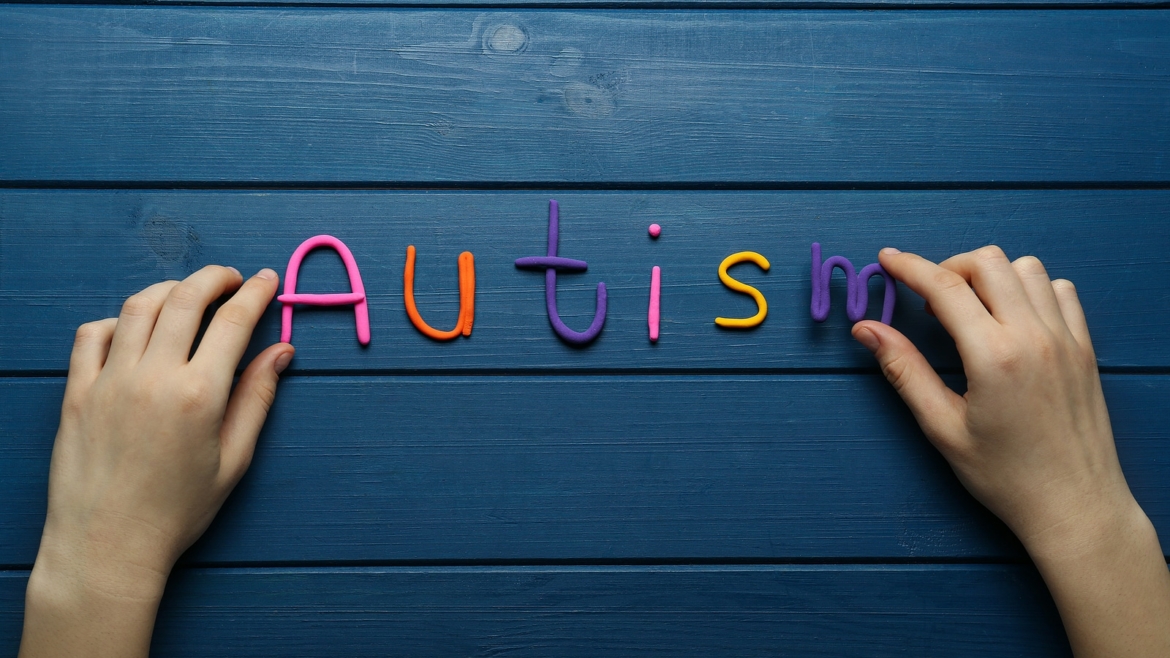Research by the A.J. Drexel Autism Institute has released its Transition Into Young Adulthood report, which provides comprehensive statistics of the life of youth on the autism spectrum as they make their transition into adulthood.
The report is based on pragmatic research that examines several key transition areas, including employment, healthcare access, postsecondary education, and community living. By looking at these critical areas, the report provides an in-depth look into how successful young adults on the autism spectrum transition from adolescence to adulthood.
Safety Report
The report found that the transition to adulthood for youth on the autism spectrum is often a complicated process. For example, a look into the safety and risk section of the report, 47% of youths on the autism spectrum reported being bullied & teased in high by peers, and 44% were called names or insulted. 47% is nearly half of all youths on the autism spectrum, meaning that Nevada is likely not immune to this issue.
Furthermore, the report outlines young adults’ difficulties in gaining employment & accessing healthcare. Only 58% of young adults on the autism spectrum had held a job within four years of leaving high school. This translates to four youths on the autism spectrum not having a job within four years of leaving high school. This is particularly concerning, as employment can be a crucial factor in improving the quality of life for individuals on the autism spectrum. The employed youths only worked part-time and were paid less than minimum wage. And Among those youths employed, 66% were white, 43% other race, 37% black, and 34% were Hispanic.
Post-secondary education program
The postsecondary statistics suggest that only 36 % of young adults on the autism spectrum had enrolled in college or another postsecondary educational program within four years of leaving high school. This is particularly concerning compared to the 75% of young adults in the general population who enroll in college or another postsecondary educational program.
Additionally, the report states that 60% of young adults on the autism spectrum had additional mental health diagnoses. This indicates that young adults with autism spectrum disorder may require additional mental health services to help manage their transition into adulthood. Some noted additional mental health diagnoses include attention-deficit/hyperactivity disorder, seizures, depression, and anxiety. This excludes behavioral problems, which often accompany autism spectrum disorder.
Transition Report
Regarding a transition plan after completing high school, only 58% had a transition plan by the federally mandated age. This indicates that many youths need more resources or support to transition into adulthood successfully. For those unfamiliar with transition planning, it is a process in which young adults and their families develop an individualized plan with goals and objectives to help the student transition from high school to the world of post–secondary education and employment. The federal special education law requires that transition planning start no later than age 16.
This is just a snapshot of the National Autism Indicators Report. You access and download the full report here. The results of this report serve as a call to action and provide insight into how we can better serve Nevada’s youth on the autism spectrum as they transition into adulthood.
It is imperative that we work to reduce the disparities between young adults on the autism spectrum and their peers, as it will help ensure that all Nevada youth can reach their full potential.




